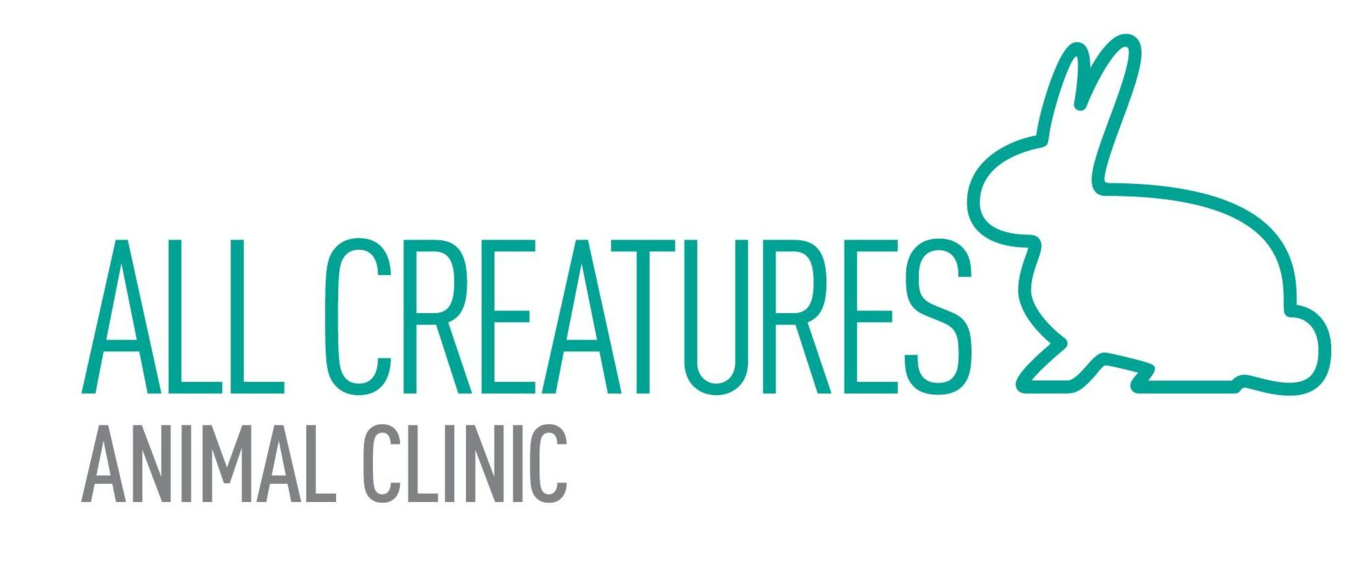Caring for your Corn Snake
Food
Snakes should be fed once per week as juveniles (<3-4 yrs), then every other week as adults
Young snakes should be fed pinkie mice
As the snake gets larger, they can eat young mice (fuzzies) and eventually adult mice
Never feed your snake a prey item that is larger than the widest part of the snake's body
For juveniles, this may mean cutting up pinkie mice in to smaller pieces initially
We recommend feeding your snake in a designated feeding container
We do not recommend feeding live prey
Water
Provide a shallow dish of water that is large enough for your snake to fit is whole body in
Your snake should be able to easily climb in and out of this dish
Change water and rinse dish daily
Soak your snake for 10-15 minutes 2-3 times per week in lukewarm water
Critter keepers with meshed lids work well for this
Soak daily during sheds
Housing
Corn snakes should be housed in an aquarium that is at least 20 gallons (ideally larger)
Line the cage bottom with newspaper, paper towel, or indoor-outdoor carpeting (Repticarpet)
Avoid sand, gravel and wood chips as substrate
Corn snakes enjoy having a branch to climb
Provide a box large enough for the snake to hid in on the warm side of the enclosures
This box can be willed with damp sphagnum moss to help with shedding
Lighting and Temperatures
Place a heading pad under half of the enclosure to provide a temperature gradient
Ceramic heat lamps can be used to provide extra heat if needed
AVOID heated rocks of other heating elements your snake can contact directly
These can cause severe burns
Temperature should be 75-80 F on the cool side and 85-90 on the warm side
Place a thermometer on each end of the tank to monitor temperatures
Corn snakes do not require UV lighting
Medical
We recommend yearly physical examination
Weigh your snake regularly and recording when they are fed to monitor health trends
Pet insurance is available through "Veterinary Pet Insurance"
Stuck shed (dysecdysis): Snakes should shed in one complete piece. If your snake is having trouble shedding, increase soaks and misting the enclosure can help. A humid hide box is also helpful. If skin does not fall of on its own or with gentle manipulation, veterinary care should be sought.
Respiratory disease: Improper environmental conditions can predispose snakes to respirtory infections. Common problems include too much humidity, insufficient heat and insufficient cleaning.
Parasites: Mites are common in many snake species. If you notice mites on your snake, seek veterinary care.
Human Health Risks
Minimize fire risks
Make sure all lamps and heating elements are strongly secured in place
Keep flammable material far from heating elements and lamps
Do not over-burden power outlets with multiple lamps
Resources
All Creatures Animal Clinic: allcreaturesvet.net, 734-973-1884
Melissa Kaplan's Herp Care Collection: www.anapsid.org
Nationwide Pet Insurance: www.petinsurance.com



